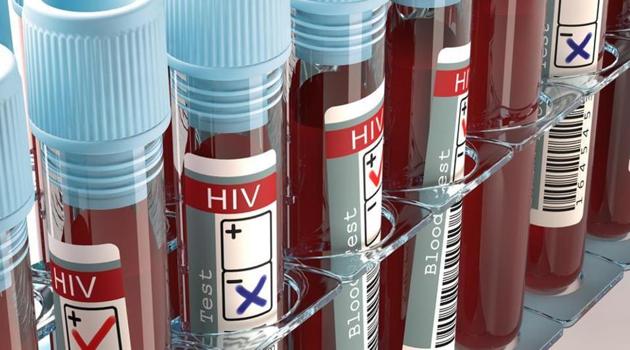Medical students most at risk of needle-prick infections: Study
Trainee doctors and medical students are victims to more than half of all injuries caused by pricks from infected needles in hospitals
Trainee doctors and medical students are victims to more than half of all injuries caused by pricks from infected needles in hospitals.

They are not only overworked, but are also not vaccinated against the diseases infected blood can transmit.
The dangers of needle-stick injuries and the risk health staff workers face were pointed out in a recent study at the Lokmanya Tilak Municipal General Hospital, a teaching hospital at Sion. Needle-stick injuries are considered occupational hazards for health workers, as they cause infections such as Hepatitis B (HbV) and Human Immunodeficiency Virus (HIV). They are most commonly caused by factors like work stress and inadequate experience and training. To reduce such cases, the study that was published in the International Journal of Current Microbiology and Applied Sciences, suggested better training and awareness about getting vaccinated. The study was done by three microbiologists, who found that between January 2014 and June 2015, 105 injuries were reported at the hospital — 70% of these were among medical students. Nearly a third — 28.6% — of the accidents were reported in the medicine department.
What’s worse? Just 57.1% of the health workers had been vaccinated agaijst hepatitis B; 26.6% were incompletely vaccinated and 16.2% were not vaccinated at all.
Usually all student doctors, at the start of their internship, are told to complete the HbV vaccination programme, at 0-3-6 months, said Dr Sagar Mundada, a former president of the resident doctors’ association.
“A lot of times, doctors don’t follow the complete routine and thus become vulnerable to the infection.” Dr Sujata Baveja, head of the microbiology department at the hospital and a co-author of the study, said that while major tertiary care hospitals run vaccination programmes against HbV and HIV, more awareness needs to be created among health workers to prevent the spread of the infection.
“The most common risk is of HbV, even more than HIV, because of the high risk of spreading the infection. During the study, we found out that 16.2% of HCWs were not vaccinated against the virus and 39% didn’t start the post-exposure prophylaxis (or emergency HIV treatment for prevention) immediately after being infected,” said Dr Baveja. Resident doctors from tertiary care hospitals run by the civic body said that while a number of cases do take place, they do not get reported, which explains the little data available on how many resident doctors or staff members contract infections from pricks or wounds. “We are often so busy that even after knowing the patient is HIV or HbV positive, we don’t have the time to wear gloves while collecting blood samples, because of the workload and long queues of patients. Many times, even the patients don’t inform us about their case history,” said one resident doctor.
There are more than 20 blood borne diseases, the researchers said, but those of primary significance to health care workers were HbV, HcV and HIV. The study also showed that in 81% of the injuries, the source of the infection was not known to the health workers, indicating that many health workers were being careless while attending to high-risk patients. This only increases the risk of the infection spreading.
The source of the HIV source was known only in 19.04% of cases, while in the rest, the attending health workers were not even aware when the patient had HIV. Similarly high risk HbV and HcV status was known only in 18.9% of the sources. Experts have put the risk of contracting HbV and HcV through infected blood at 33.3% and 3.3% respectively while the chances to be contracted with HIV are 0.31%.
“Sharp injuries represent a high risk of hazard that people working in the hospital face on daily basis. Prevention of injuries is the best way to prevent the infections and there is much room for improvement by combination of programmes, like institutional behaviour and device management, adequate training in safe use and disposal of needles and a culture of reporting cases and aftercare,” added Dr Baveja.



